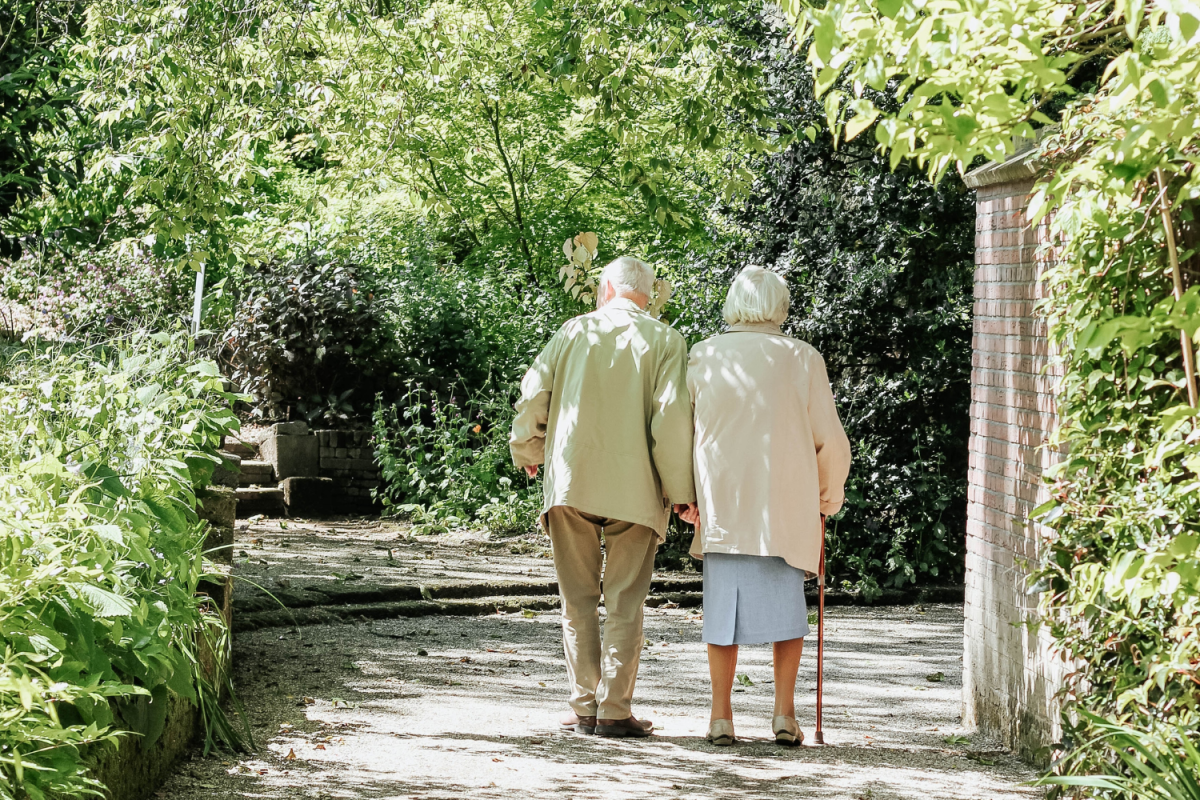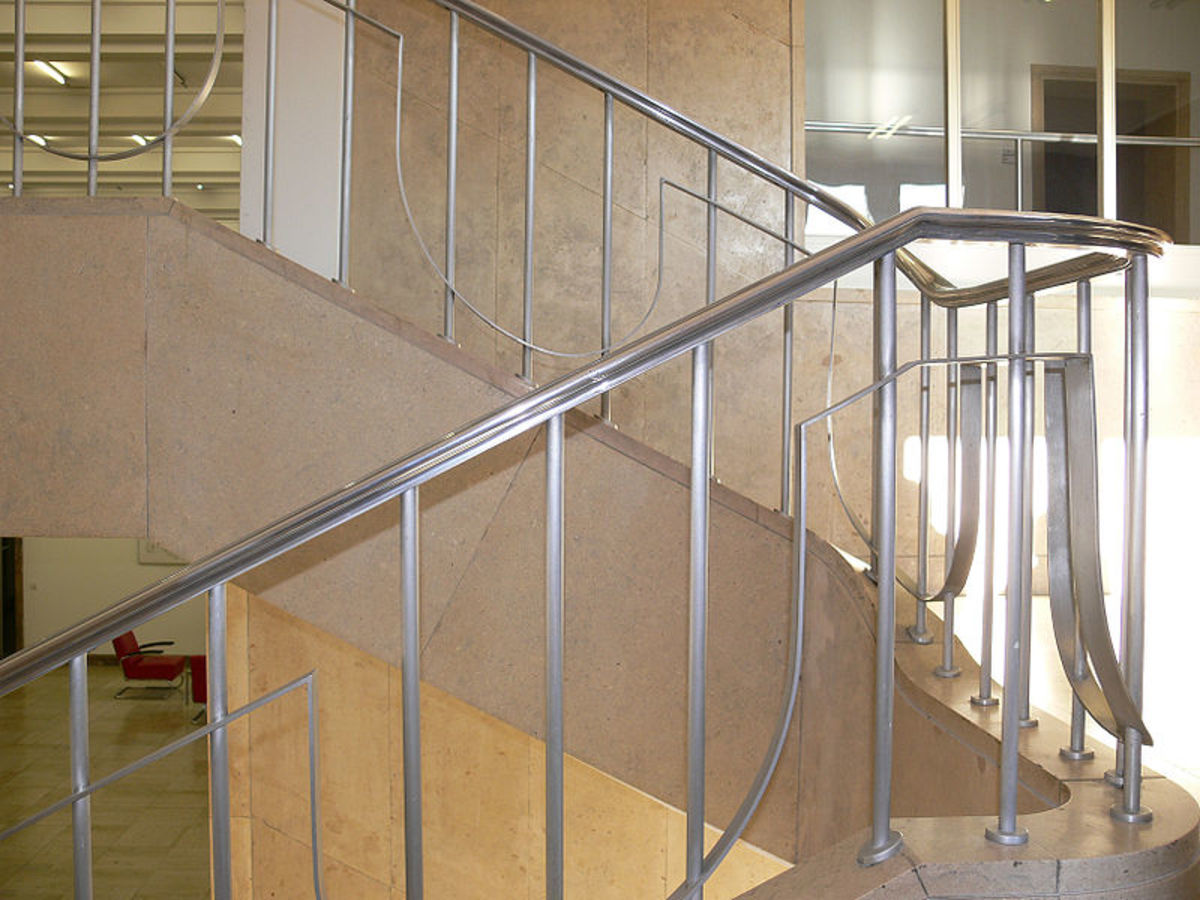How to Minimize Falling Accidents in the Elderly at Home

Risk of Falls in Older Adults
The increasing incidence of falls comes along with aging. Old age makes us susceptible to tripping more than younger individuals, even though it can happen to anyone. Falls can be considered alarming when the impact results in injuries with serious trauma, such as hip fractures.
Common Causes for Falling in the Elderly
- Age: Poor balance, loss of muscle strength, and poor body mechanics can cause falls for seniors. As we grow older, our bodies also age resulting in poorer eyesight, slower reflexes, decreased hearing ability, and decreased muscle coordination.
- Side effects of drugs/medications: Any prescribed medicines can cause interactions. Medicines can cause light-headedness, dizziness, and nausea causing falls. Be aware of side effects.
- Underlying medical issues: Some of the common causes of falls can be due to medical conditions. Falls can be a symptom of a serious illness such as heart attack, stroke, pneumonia, or impaired mental status.
- Drinking problems or alcohol abuse: Many of the incidents of falls may be linked to alcohol abuse. It is an alarming trend among many of today’s seniors. The abuse can sometimes be attributed to depression among the elderly. Alcohol abuse is often an emotional coping mechanism for most individuals who want to escape loneliness, family, financial problems, romantic issues, and spiritual or medical problems.
- Afflictions that result in leg muscle weakness: Older muscles must be maintained in order to avoid weakness. Exercise increases endurance and renders joints more flexible.
- Gait: We have all seen older adults with poor balance due to gait. Addressing disease that causes impaired gait is important. Anti-inflammatories can relieve the joint pain of arthritis. Older people may also forget to drink water; dehydration can cause stumbling. Disorders of the brain may also leave an older person susceptible.
- Light-headedness: If an older person has high blood pressure (common), he or she may fall upon standing after sitting a long time. Light-headedness and joint "freezing" are other possible causes. Getting up a bit more slowly with arm support from furniture helps.
- Tinnitus: A recent increase in "ringing ears" or tinnitus in older folks, after a period of time, can cause dizziness. Some speculate it is due to increased microwave usage, but no strong conclusions have yet been drawn.
- Bifocals: Using bifocals while walking can sometimes cause depth perception problems and result in a fall.
- Uncomfortable or improper footwear: Older folks need to buy comfortable footwear. If one has pain in the feet (common in older people), comfortable shoes can minimize sudden extreme pain resulting in awkward movement and a fall.
How to Prevent Falls at Home
In order to provide a good quality of life for older folks, there is a need to attend to their dwelling. Minimize or avoid the risk of a fall whenever possible; most falls occur at home. Below are a few of the many steps you can take to reduce the chance of a fall.
- Get rid of clutter: Organize your home by getting rid of clutter and remove any objects from walking areas or stairs.
- Banish area rugs: Area rugs are infamous trippers. Floors that are completely clean and clear of uneven surfaces are key.
- Improve lighting: This should be done in all areas of the home. Dark and shadowy walkways and hallways can increase the fall risk.
- Prep the shower/tub: Put non-slip rubber mats in showers and bathtubs.
- Install handrails or grab bars: Change the environment by installing handrails or grab bars in tubs, showers, and toilet areas.
- Check (and use) banisters: Make sure all banisters and handrails are easy to hold and grab, and that they are firmly reinforced.

- Get regular vision checks: Have vision checks regularly or have an annual check-up from your physician. Chances of falling, of course, increase with poor eyesight. Vision issues can be related to certain medical conditions; e.g., diabetes.
- Wear proper footwear: Make sure that shoes have non-slip soles and good support.
- Consider a medical alert system: If a senior falls and can’t reach the telephone, he can get help from properly installed medical alarm systems.
- Build strength: Start an adult exercise regimen to maintain proper posture and improve strength.
- Use assistive devices if needed: Older folks should use canes or walkers to assist in walking and to prevent falling.

- Add a bedside lamp: Have access to a lamp near the bed to minimize walking in the dark to flip on room lights.
- Clean up spills promptly: With challenged short-term memory, encourage older ones to clean up spills right away, or promptly clean them up yourself promptly.
- Be especially careful in icy conditions: In colder climes, be aware of icy conditions with slick pavement and asphalt, especially when shoveling snow. A slipping fall on hard surfaces can easily result in a broken hip or back. Boots should provide good traction; high-top boots provide stability.
- Avoid ladders and step stools: Older adults should not climb ladders or step stools, especially unassisted.

2003 Study of Injuries
A 2003 study of injuries due to falling was conducted by the National Safety Council and the U.S. Consumer Product Safety Commission, with surprising data. It turns out that stumbling, falling, tripping, and slipping were the biggest cause of unintentional injuries in folks 65 and above. Among the particulars, dog leashes, garden hoses and appliance cords were the objects most often cited as reasons for tripping and stumbling.
Elders 65 and older cost the United States more than $100 billion per year in
injuries and death. Another study in 2006 broke down the number of falls in older people this way:
- Ages 45 to 64: 1,450,471 falls per year
- Ages 65 and older: 1,840,117 falls per year
Twenty to 30 percent of these falls result in lasting debilitation. Injury-related
death due to falling is the leading cause of death in people 75 years old and older.
Because seniors take longer to fall asleep and also wake up much more slowly, the fact that they wake up frequently and get up to use the bathroom increases their risk of tripping. Despite this, waking up tired daily or having difficulty remaining asleep are not typical of seniors.
Safety Starts at Home
Falls can be fatal, so changing the elder environment is important. With adults living longer lives, we must pay close attention to senior safety. Older seniors have a wealth of knowledge and talent; it behooves all of us to do what we can to support longevity. Cutting down the incidence of falls requires an understanding of age-related issues facing seniors.
Does anyone in your family care at least one day a week for a person over 70 years old?
- 67% Yes
- 33% No
Comments
Post a Comment